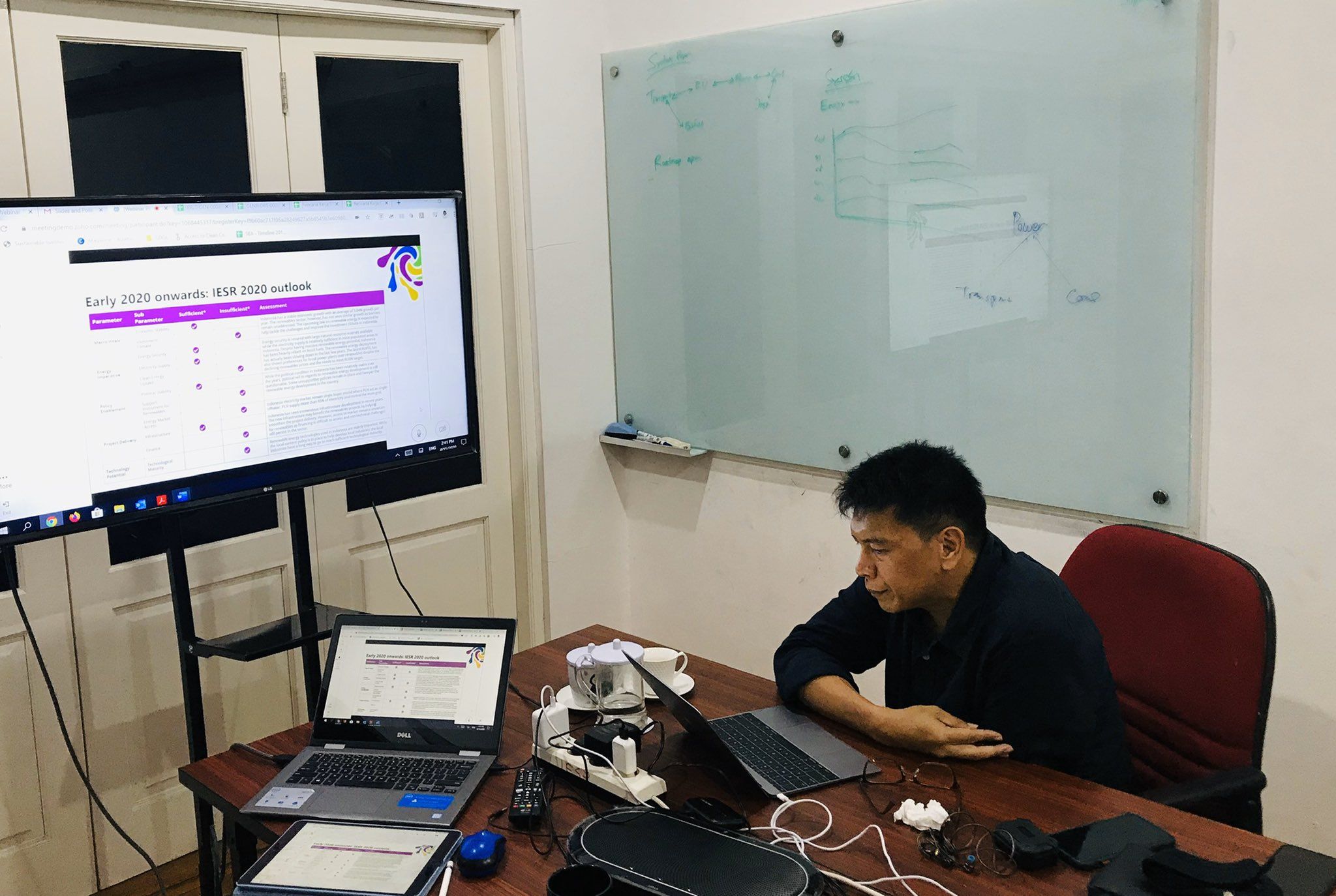On 15 April 2020, IESR’s Executive Director, Mr. Fabby Tumiwa was invited to speak on an international webinar highlighting solar energy development in Indonesia. The webinar was arranged by Green Energy Future Indonesia, and Mr. Tumiwa was in attendance with Mr. Salman Baray, Country Director of ACWA Power.
Mr. Tumiwa shared IESR’s analysis and observation on…

